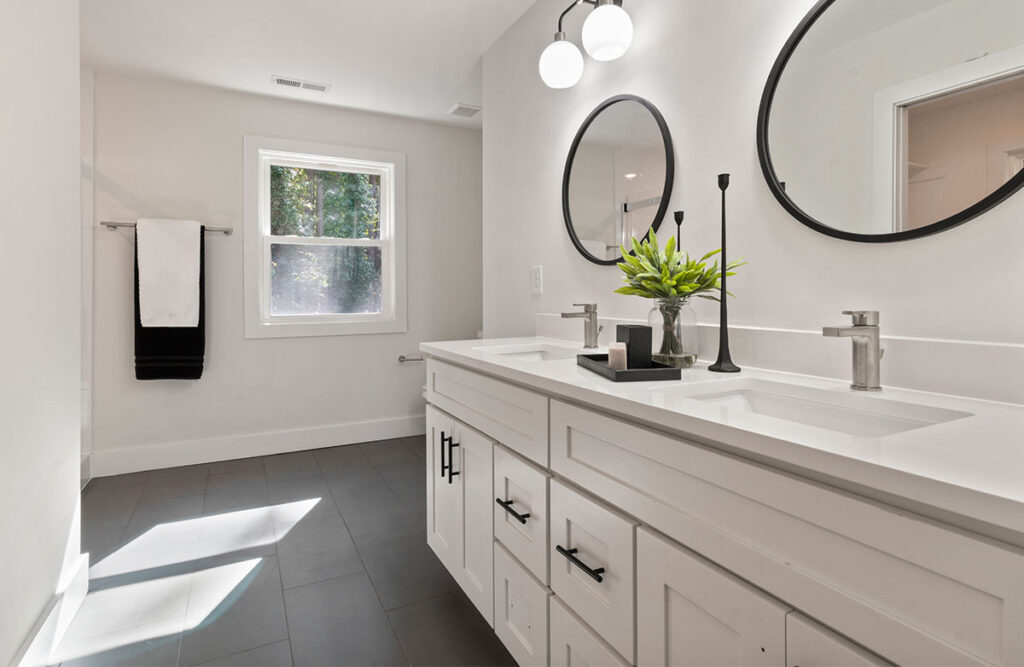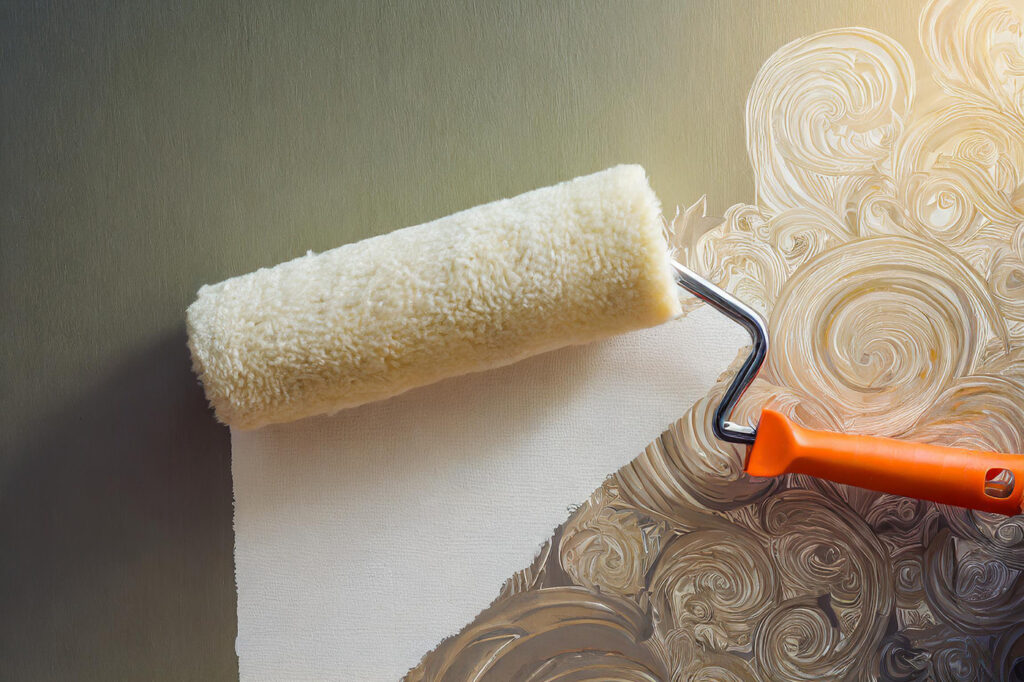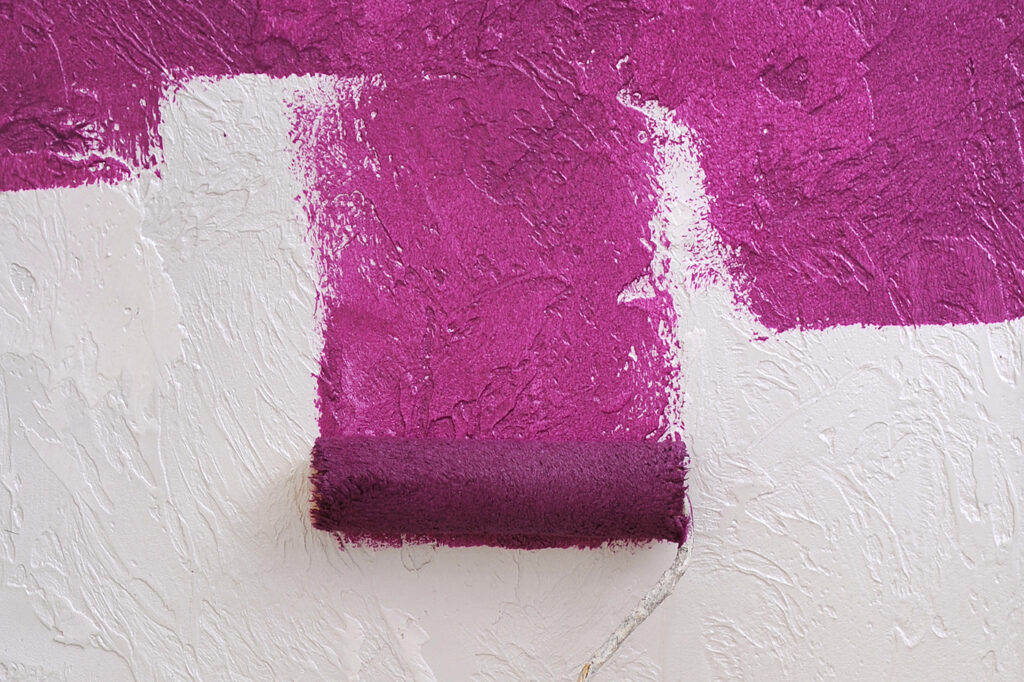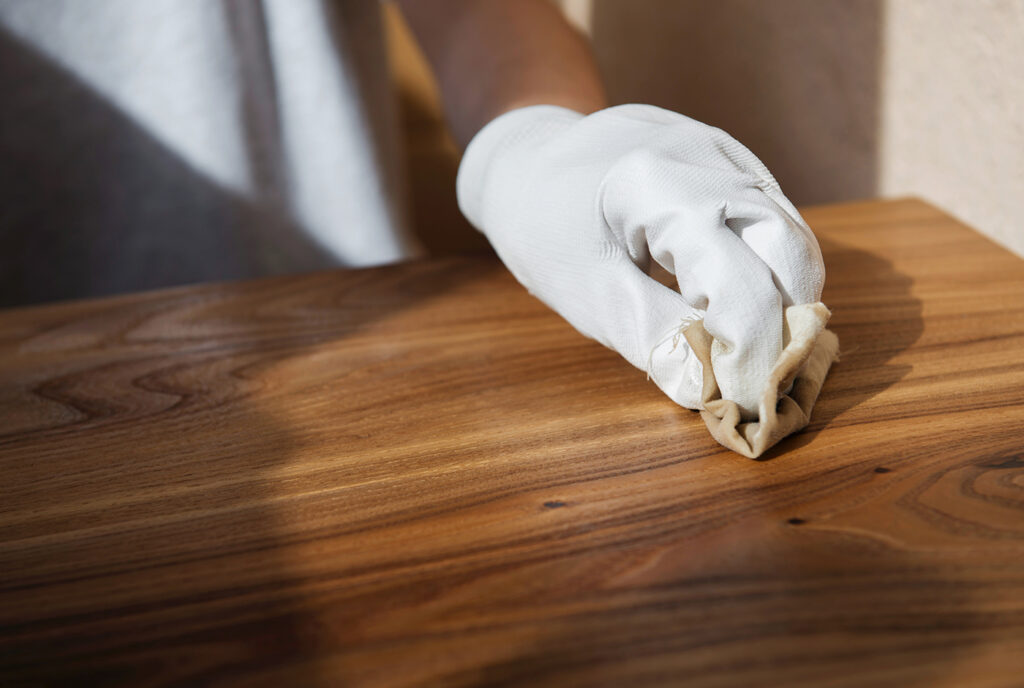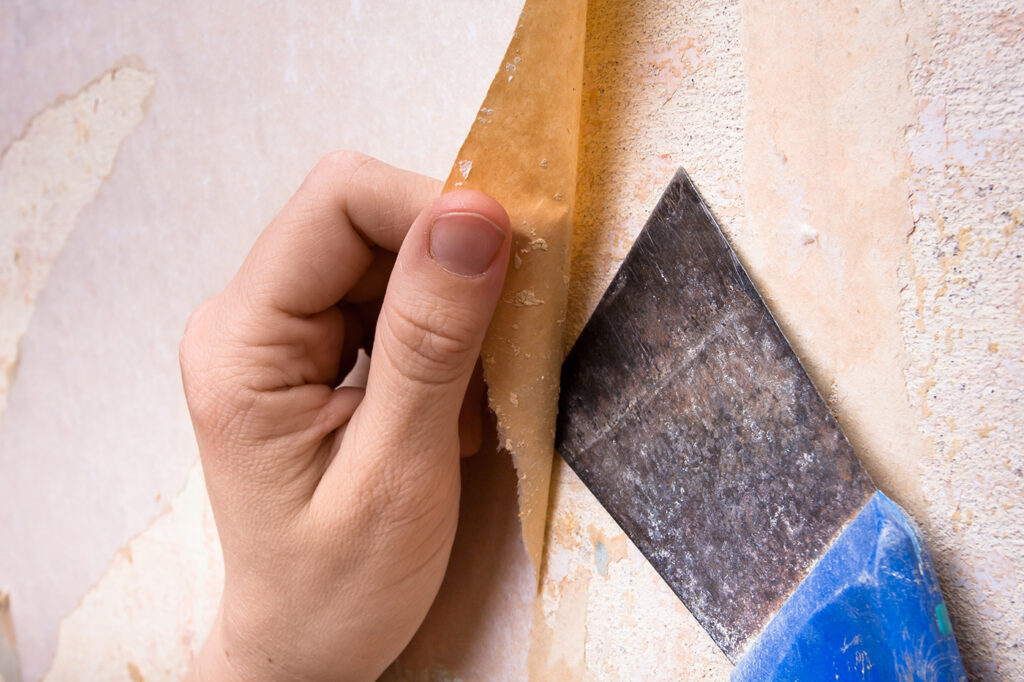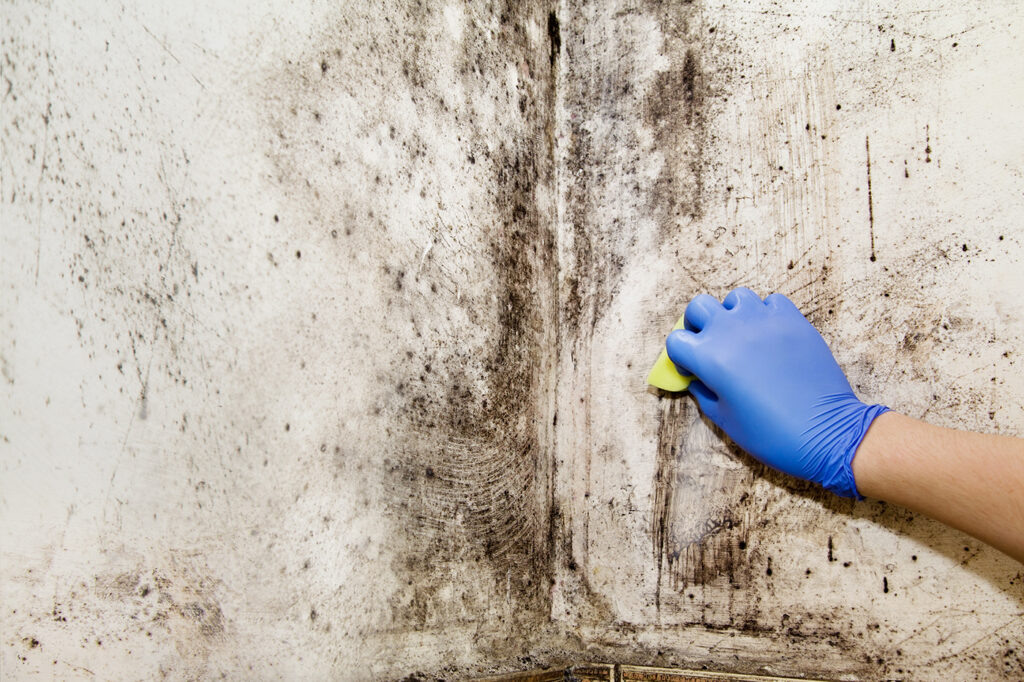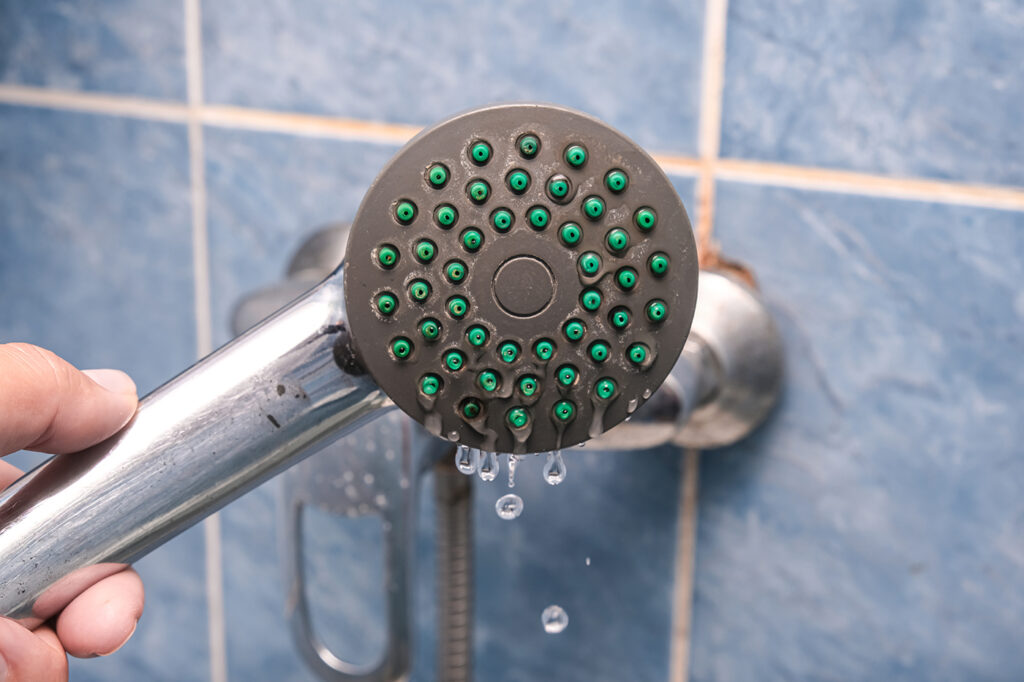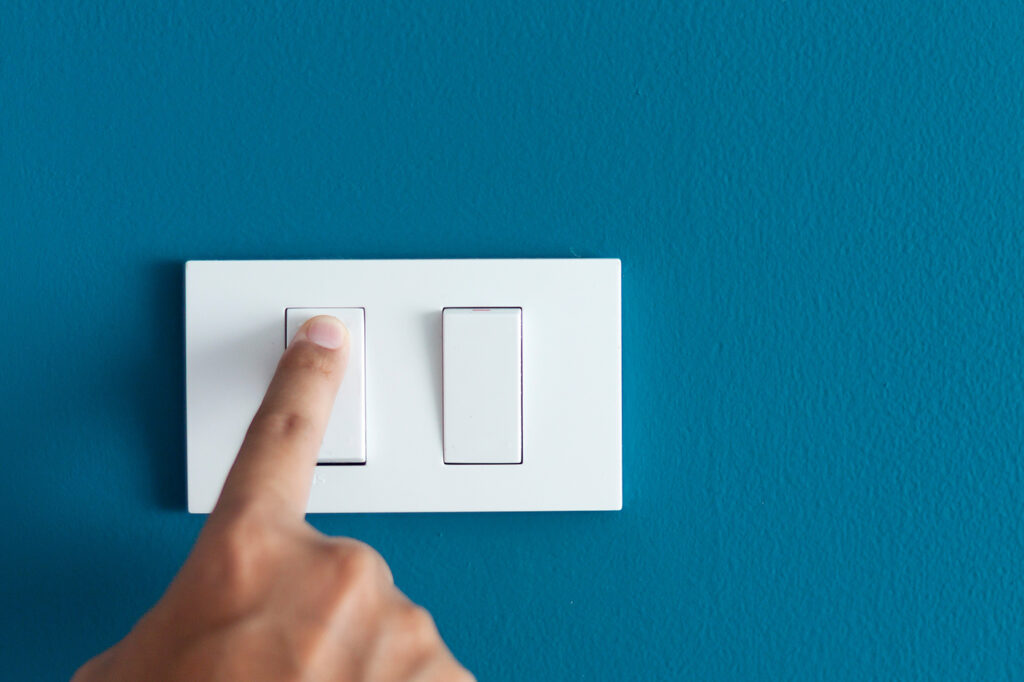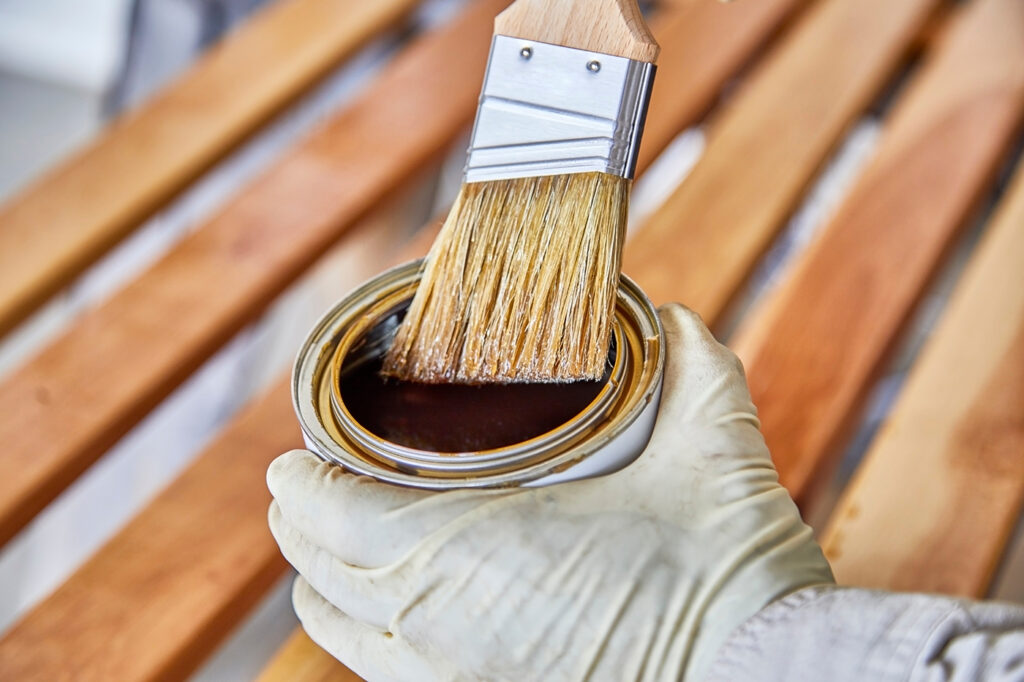A bathroom vanity is an essential fixture in the home that combines functionality and style in a bathroom. It typically consists of a cabinet or storage unit with a sink and countertop, providing a convenient space for storing bathroom essentials, freshening up, brushing your teeth, and checking your appearance every morning.
Historically, bathroom vanities have been around longer than plumbing! Before indoor plumbing was a thing, people would wash their faces and hands in an indoor basin on top of a table in their bedroom. Once running water became a thing, it all clicked. Vanities were then moved out of the bedroom and into the bathroom.
Read on to discover the unique features of the overlooked bathroom vanity and if it’s time for you to get a new one installed by your local Tasker.
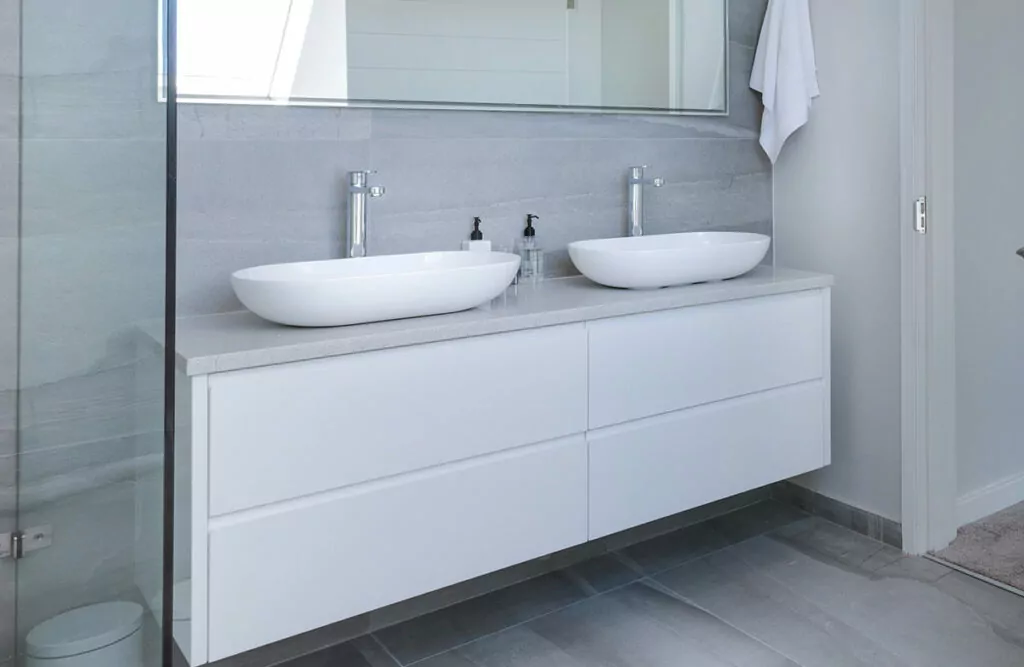
Types of Bathroom Vanities
There’s a wide variety of bathroom vanities available depending on your style preference and the amount of space you have in your bathroom.
Single Vanity: A single vanity consists of one sink and a cabinet or storage space beneath. It is perfect for smaller bathrooms or where only one person typically uses the space.
Double Vanity: A double vanity features two sinks and a larger countertop, providing separate spaces for two people to use. It is ideal for larger bathrooms or shared bathrooms, adding convenience and functionality.
Floating Vanity: A floating vanity, also known as a wall-mounted vanity, is attached to the wall and does not touch the floor. It creates a sleek and modern look while providing additional floor space. Floating vanities are a popular choice for contemporary bathroom designs.
Freestanding Vanity: Do you have an old dresser lying around? Great, you can convert that into a bathroom vanity! It would probably be best used as a freestanding vanity, which sits against the wall but is not attached.
Console: With this type of vanity, we’re going back to the olden days. Console bathroom vanities don’t have storage and are usually just a table featuring a sink and exposed plumbing.

How Much Does a Bathroom Vanity Cost?
The national average cost for installing a bathroom vanity (materials and labor) is $436.11, according to Porch.com. If installing yourself, you can expect to spend an average of $314.48 for your vanity, but it will depend on your location, materials, size, and more.
The larger your space, the more it will cost—a single sink in a 5′ countertop can cost between $500-$1800, while double vanities generally cost between $550 to $1900.
What are bathroom vanities made of? The material options are extensive and the material you choose also makes a big difference in the price. A porcelain or granite vanity top will stretch your money the farthest per square foot, while stone and concrete are the priciest. So, you’ll want to take this into account if you’re trying to figure out how much remodeling your bathroom will cost.
How to Install a Bathroom Vanity
Installing a bathroom vanity can be a DIY project, but it requires some level of skill and knowledge.
Here are the basic steps for installing a simple bathroom vanity.
- Prepare the space: Turn off the water supply and disconnect the plumbing. Remove the old vanity if applicable.
- Position the new bathroom vanity: Place the new bathroom vanity in the desired position, ensuring it is level and aligned with the wall.
- Attach the vanity: Secure the vanity to the wall using screws or brackets. Use a level to ensure it is straight.
- Connect the plumbing: Reconnect the water supply lines, including the faucets and drain. Check for any leaks and make adjustments if necessary.
- Install the countertop and sink: Follow the manufacturer’s instructions for attaching the countertop and sink to the bathroom vanity.
- Finish the installation: Install any additional accessories, such as mirrors, lights, and hardware. Finally, test the bathroom vanity to make sure it works.
How to Remove a Bathroom Vanity
To remove a bathroom vanity, follow these steps.
- Shut off the water supply: Turn off the water valves supplying the sink and disconnect the plumbing connections.
- Disconnect the countertop: If the countertop is separate from the bathroom vanity, unscrew any brackets or adhesive holding it in place. Carefully lift and remove the countertop.
- Remove the bathroom vanity from the wall: Locate and remove any screws or brackets securing the bathroom vanity to the wall. Gently pull the bathroom vanity away from the wall, taking care not to damage the surrounding area.
- Disconnect the bathroom vanity from the floor: If the bathroom vanity is also attached to the floor, check for any screws or adhesive securing it. Unscrew or detach it from the floor surface.
- Clean and repair: After removing the bathroom vanity, clean the area and make any necessary repairs to the wall or floor if there is any damage.
How to Build a Bathroom Vanity
Building a bathroom vanity from scratch requires advanced skills and tools. While there are DIY instructions and plans available online, it is a complex project that may not be the best option for everyone. Ready-made bathroom vanities are typically easier to install and offer a wide range of options in terms of design and functionality.
However, if you have the necessary skills and experience, constructing a custom bathroom vanity can be a rewarding project. Ensure you have detailed plans, proper measurements, and all the required materials and tools.
Remember, when it comes to installation, removal, or building, it’s important to prioritize safety and consult skilled Taskers if you’re unsure of the process. With the right knowledge and guidance, you can create a beautiful and functional bathroom vanity that meets all your needs and enhances your bathroom. The possibilities are endless! Find the bathroom vanity that fits your space and style, and book a Tasker to help with the rest.


